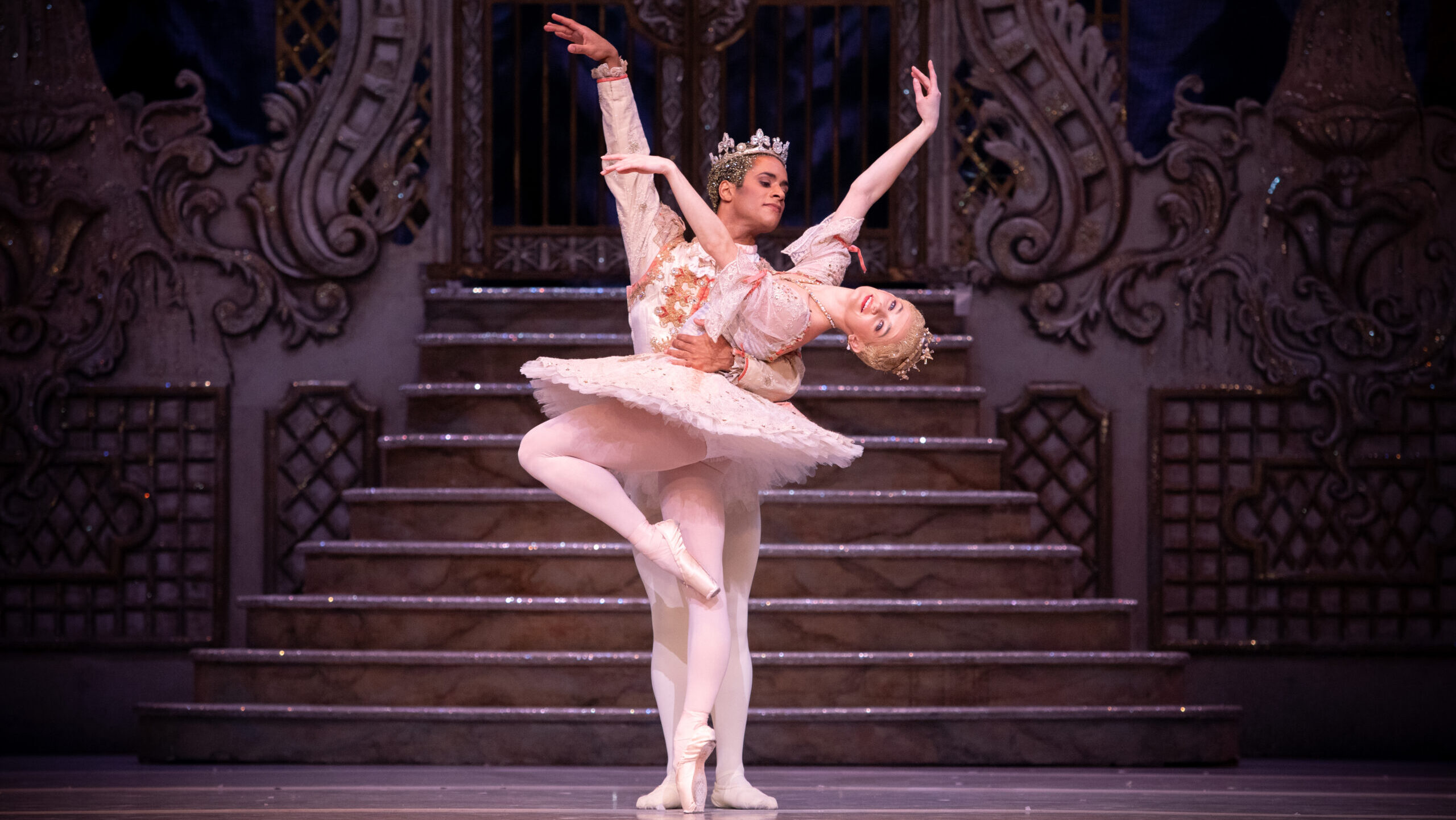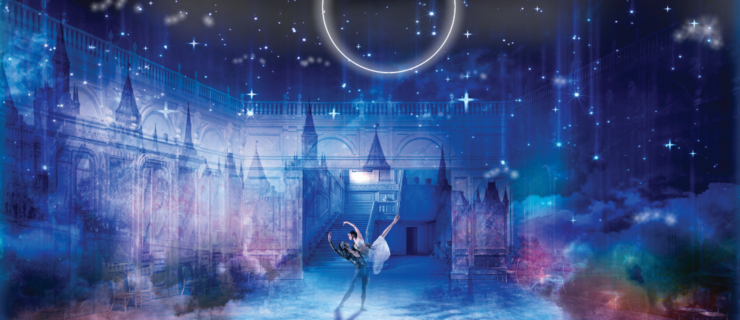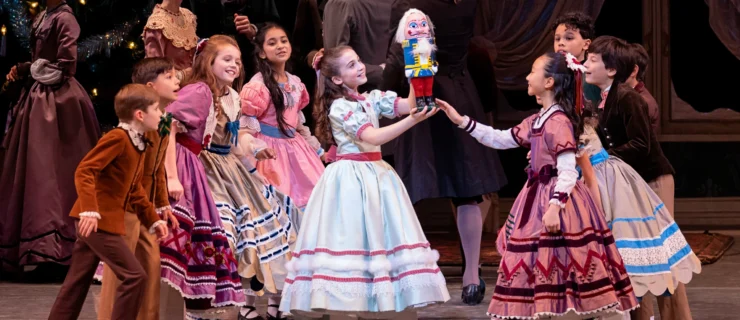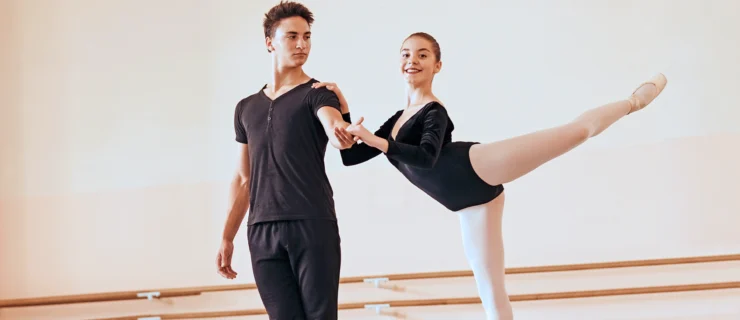The Sugar Plum Fairy May Be a Cultural Icon, but Who Is She Really?
Even to those on the periphery of the ballet world, The Nutcracker’s Sugar Plum Fairy is a familiar character. She appears on Christmas ornaments, wrapping paper, and on the pages of children’s storybooks. The celesta music that accompanies her variation is used in commercials around the world, and for many, those opening notes signal the start of the festive season.
For ballet dancers, the Sugar Plum Fairy is a coveted role and career milestone. She’s the centerpiece of Act II, and her solo variation and pas de deux with the Cavalier are revered in the balletic canon.
Despite her status as a cultural icon, the character and psychology of the Sugar Plum Fairy is hard to pin down. Alistair Macaulay, writing forThe New York Times in 2016, describes her as “an enigma wrapped in a beautiful dance.” The character doesn’t exist within the ballet’s source material, E.T.A. Hoffmann’s 1816 short story The Nutcracker and the Mouse King and its subsequent adaptation, Alexandre Dumas’ 1844 Histoire d’un casse-noisette.
When the ballet first premiered at St. Petersburg’s Mariinsky Theatre, it debuted alongside Iolanta, an opera by Tchaikovsky.
Dance historian Doug Fullington tells Pointe that the Sugar Plum Fairy was created by Marius Petipa not so much to enrich the narrative of the source material, but to conform with late-19th-century ballet trends.
“She’s there because the way ballets were structured at the time required her to be there—there needed to be a ballerina role,” says Fullington. “Someone has to be at the top of the hierarchy, and that’s the place the Sugar Plum Fairy holds as far as how Petipa structures the ballet.”
The Spirit of the Season
Without a solid backstory for the Sugar Plum Fairy, dancers often fill in the gaps to help inform their own interpretations. As a result, they’re left with a very clear image of who she really is.
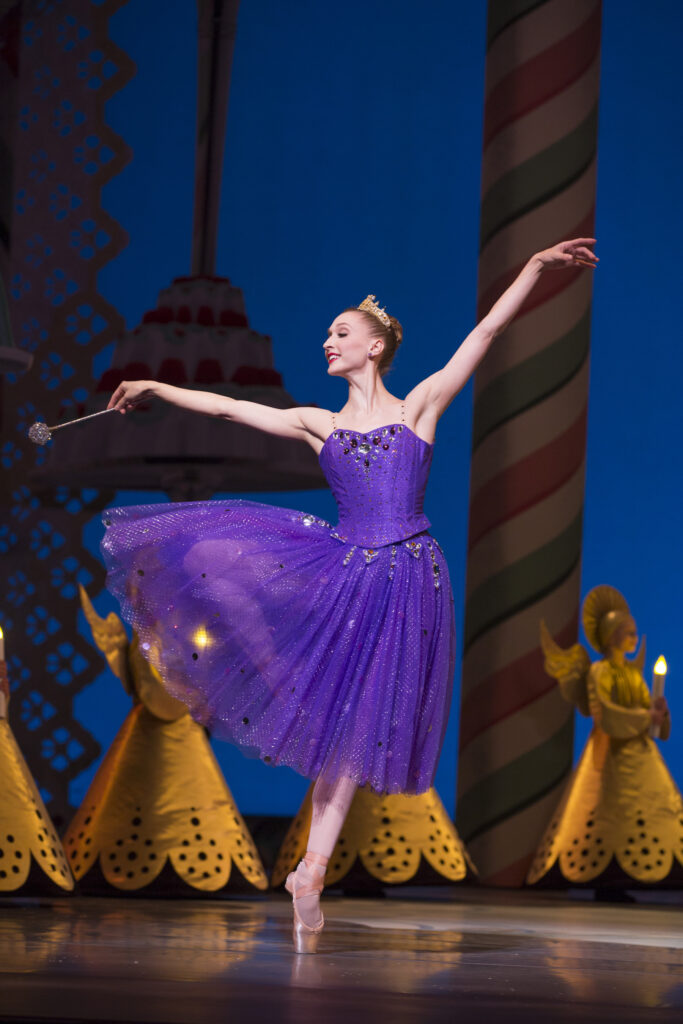
For Pacific Northwest Ballet principal Elizabeth Murphy, the Sugar Plum Fairy is a community leader. She sees a parallel in how the character uplifts the Land of Sweets and her own duty to her ballet family during the busy Nutcracker season.
“She’s tied in to the feelings I have of growing up with The Nutcracker every year,” says Murphy. “It’s a time for reflection, for family, and for generosity, and she really embodies all of those characteristics. This is our little family here, this is our holiday season, and we celebrate with the dancers around us. The Sugar Plum Fairy is the leader of that. She’s the hostess. She’d be the friend you could call and would drop everything for.”
Royal Ballet principal Anna Rose O’Sullivan also feels that the Sugar Plum Fairy’s character reflects the spirit of the holidays.
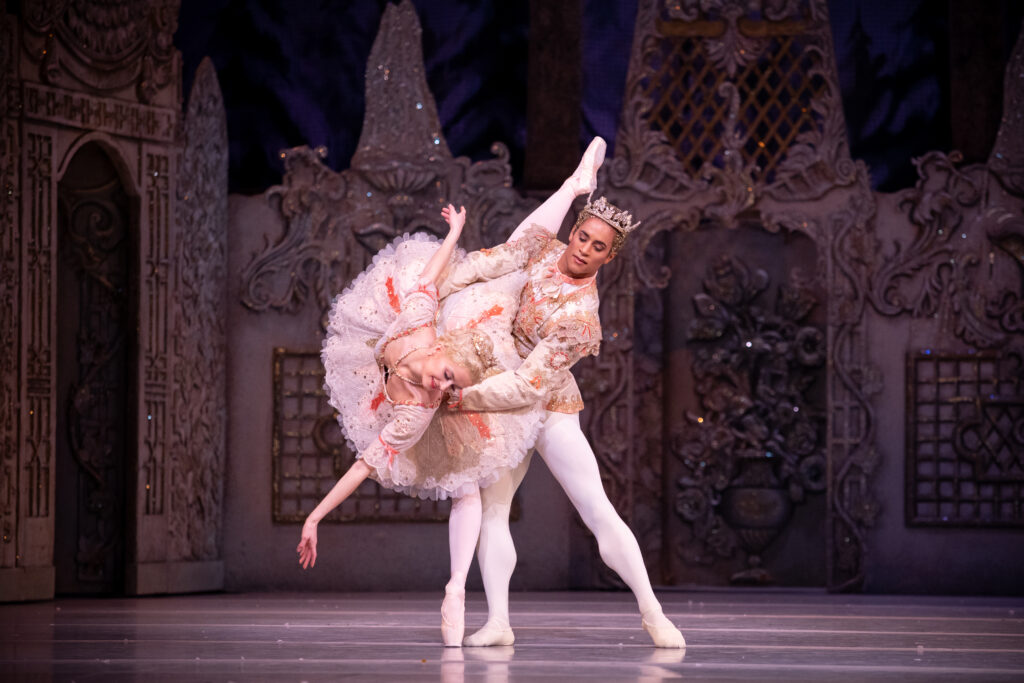
“She is the physical embodiment of joy and compassion,” says O’Sullivan. “When I perform her, I’m really trying to radiate those particular qualities. I think she actually stands for something greater than the story.”
An Inspiring Leader
In addition O’Sullivan likes to emphasize the Sugar Plum Fairy’s leadership qualities.
“She’s steely, but with that steeliness and confidence, she stands firm in her goodness,” says O’Sullivan. “She’s unfalteringly strong in her character. She’s the vehicle for spreading the good in the world.”
Boston Ballet principal Chisako Oga says that stepping into this role is an empowering experience.
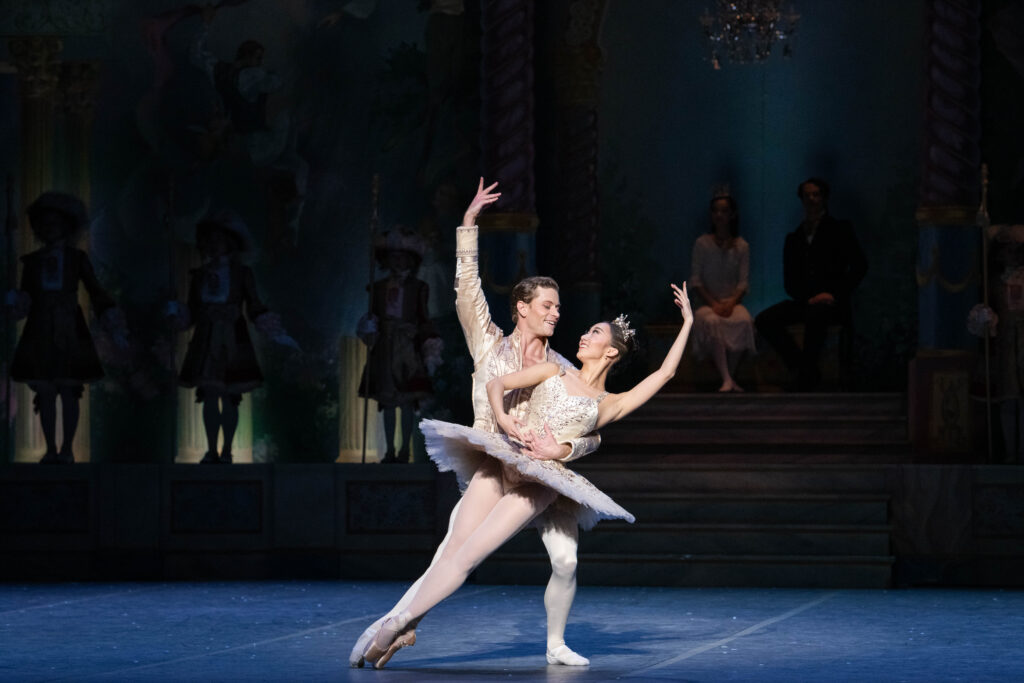
“I’m a petite dancer,” Oga explains. “It’s really easy for me to look like a little girl, onstage and off, so I definitely think of how I carry myself and how I show that the Sugar Plum Fairy is the ruler of this kingdom. She’s very regal and very much in charge, but in a generous way. To be a woman leader in ballet, it’s really empowering.”
Warmth, Kindness, and Love
To Ryoko Yagyu, a principal dancer with Ballet Ireland, the Sugar Plum Fairy is an ethereal, transcendent character.
“In my mind, the Sugar Plum Fairy is not human,” she says. “She’s Clara’s [renamed Ciara in Ballet Ireland’s Nutcracker Sweeties] spirit and imagination. It’s hard to express in words, but it’s warmth, kindness, fun, healing, and the other feelings we should never forget.”
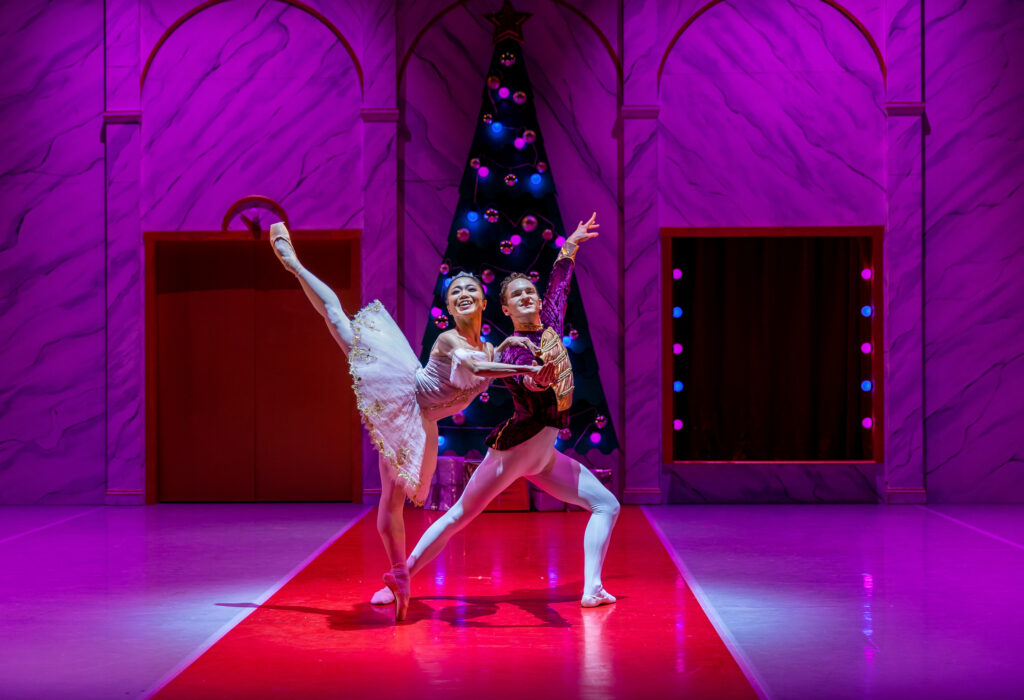
For New York City Ballet principal Indiana Woodward, the Sugarplum Fairy represents the full spectrum of love. As per NYCB tradition, company members gather in the wings to gently blow the Sugarplum Fairy onto the stage, a gesture that, for Woodward, solidifies the type of love she associates with the role.
“I hesitate to say that she’s like a mother, but I feel a kind of motherly love for everyone in the Kingdom,” Woodward explains. “When I do my variation with the angels, I feel like I’m greeting them and showing them love. And seeing the dancers huddled up in the wings, in different costumes, blowing the Sugar Plum out, the magic starts from there. She has love for everyone.”
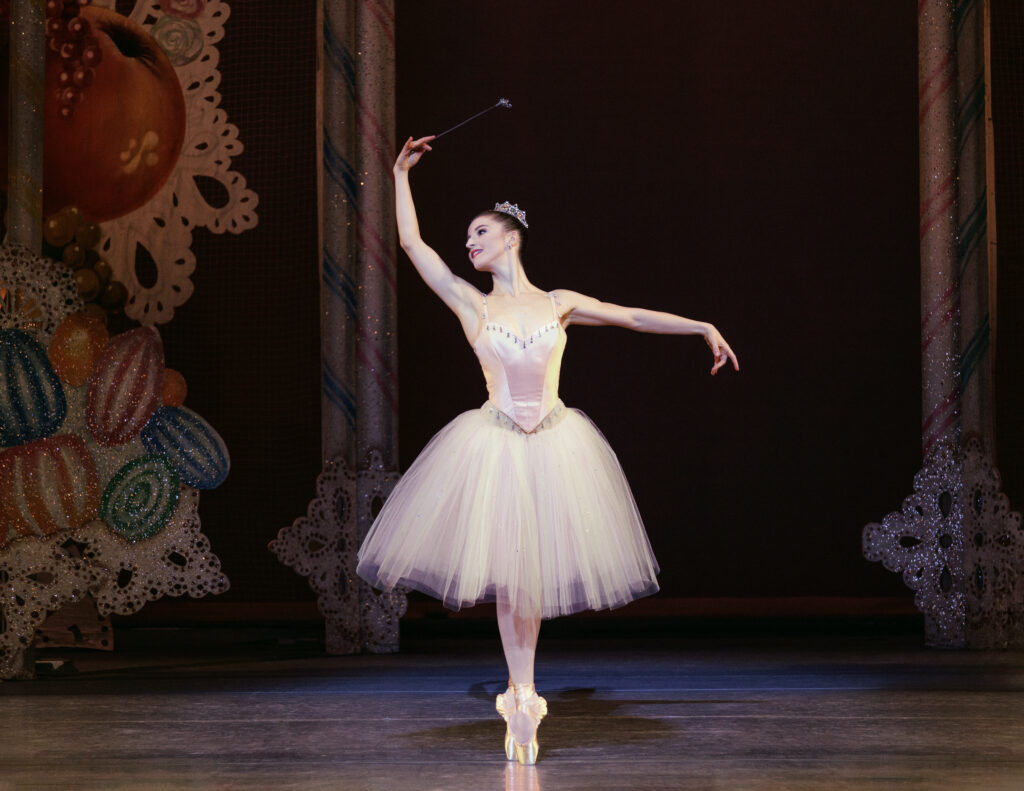
When she pictures the Sugar Plum Fairy, Woodward is also reminded of another ballet icon, and this image also helps inform her interpretation.
“She is ageless and timeless—she’s like Margot Fonteyn,” Woodward says. “With the Sugar Plum, I try to channel an ethereal, effervescent being.”
